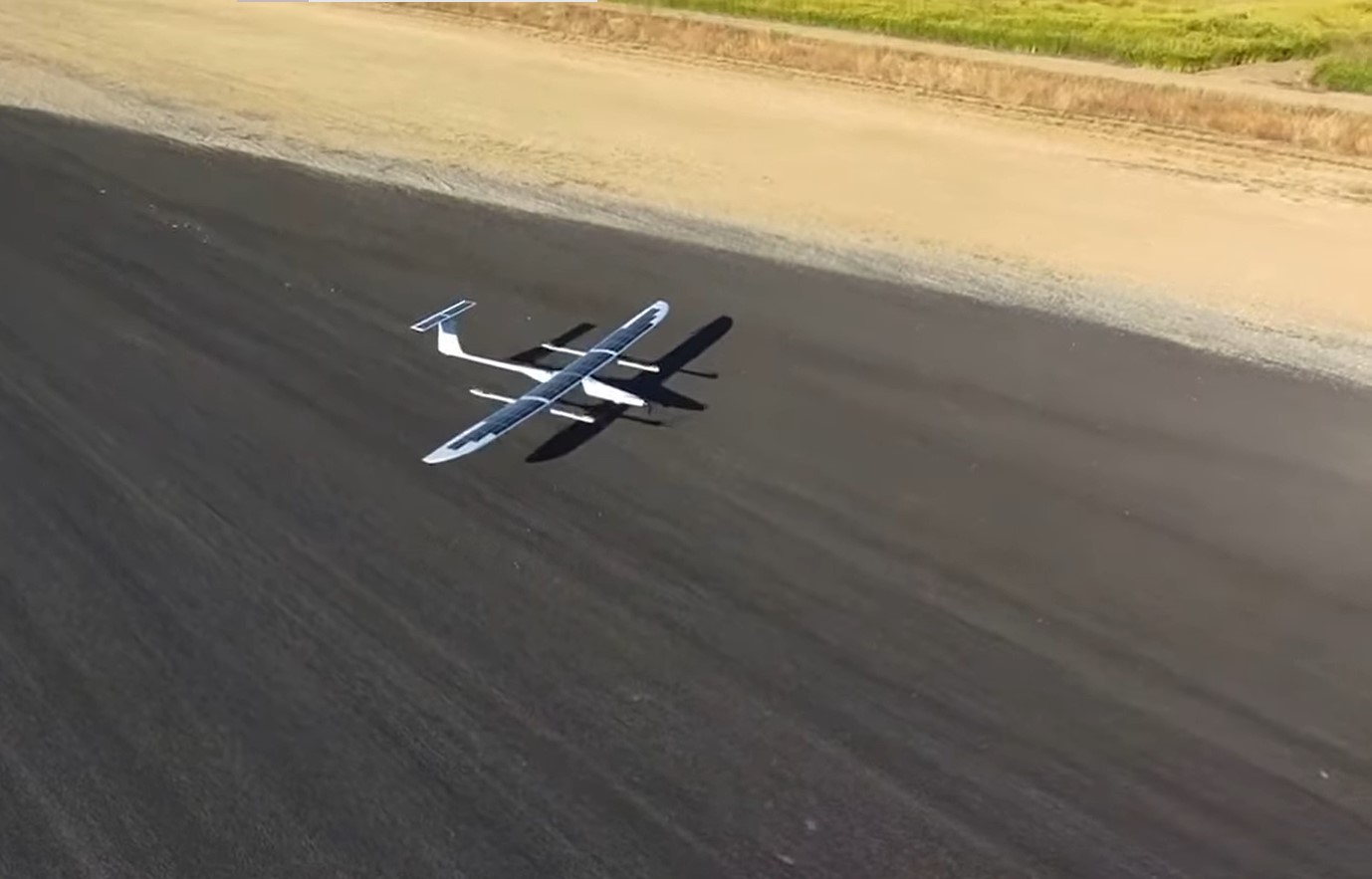This post is also available in:
 עברית (Hebrew)
עברית (Hebrew)
The US Navy is going to get KHA’s solar-powered K1000ULE drone, which will be used as part of their Small Unit Remote Scouting System. This drone is expected to provide superior intelligence, surveillance, and reconnaissance capabilities, as well as a long-range communication tool.
Interesting Engineering reports that the K1000ULE is an innovative solar-electric VTOL UAS, offering the Navy a high-altitude, ultra-long endurance platform built around an all-electric propulsion system, including onboard solar panels. The drone has been tested in operational conditions at altitudes of up to 6,096 meters and was recorded performing a continuous flight of 75 hours and 53 minutes, remaining in the air for over three days, making it an ultra-long endurance drone. Such ultra-long endurance drones are also called “pseudo satellites” due to their ability to provide persistent surveillance and signal re-transmission services.
The US Navy reportedly chose the K1000ULE due to its superior maneuverability, operational autonomy, reduced logistical footprint, and most importantly – its endurance and silent operation capabilities. The K1000ULE is also designed to share critical data among its network of platforms, enabling it to reposition aircraft in real-time based on sensor input, a feature that allows dynamic updates to the Common Operating Picture.
US Homeland Security explains: “A common operation picture (COP) is a continuously updated overview of an incident compiled throughout an incident’s life cycle from data shared between integrated communication, information management, and intelligence and information sharing systems.”
Furthermore, another notable capability of the drone is that a single operator can control a swarm of K1000ULE drones through a user-friendly interface. This means that a single operator can, for example, identify specific coverage areas and launch the appropriate number of drones to carry out tasks that could change dynamically. In this scenario, the operator will have full situational awareness and can respond to shifting mission objectives by reassigning aircraft in real time.
The K1000ULE drones can ensure uninterrupted communication across a large area, and help in emergency and disaster relief, telecommunications, agriculture, climate change, and wildlife preservation.


























